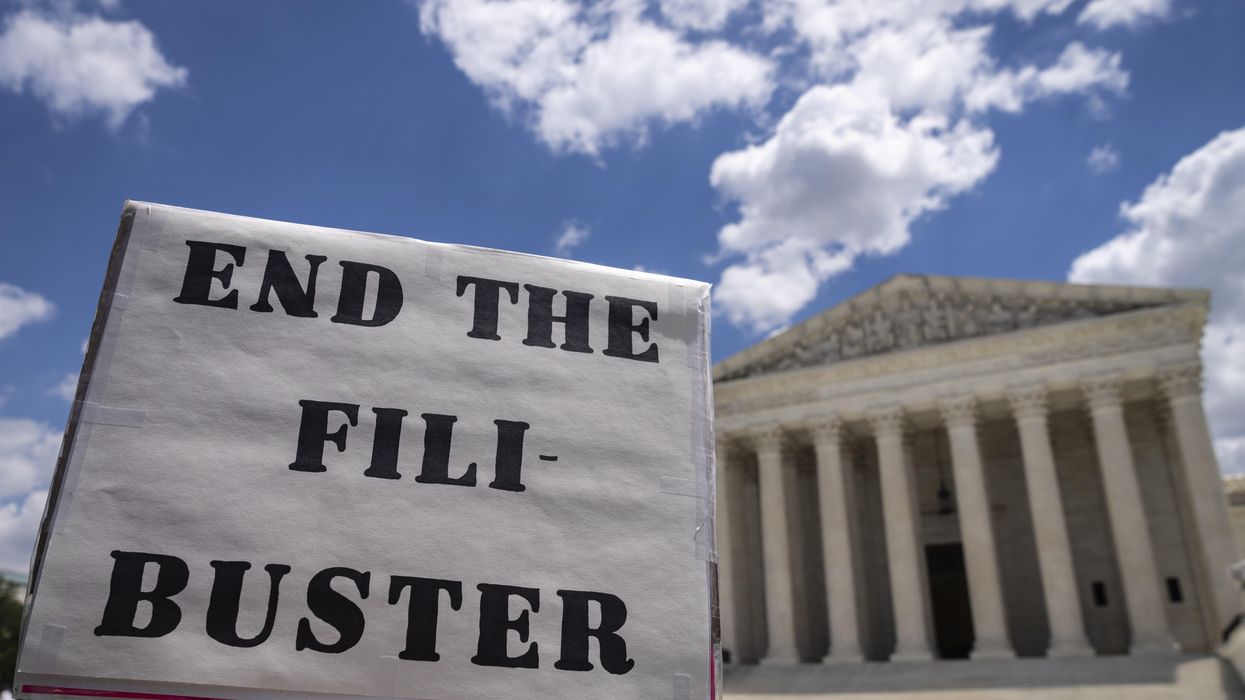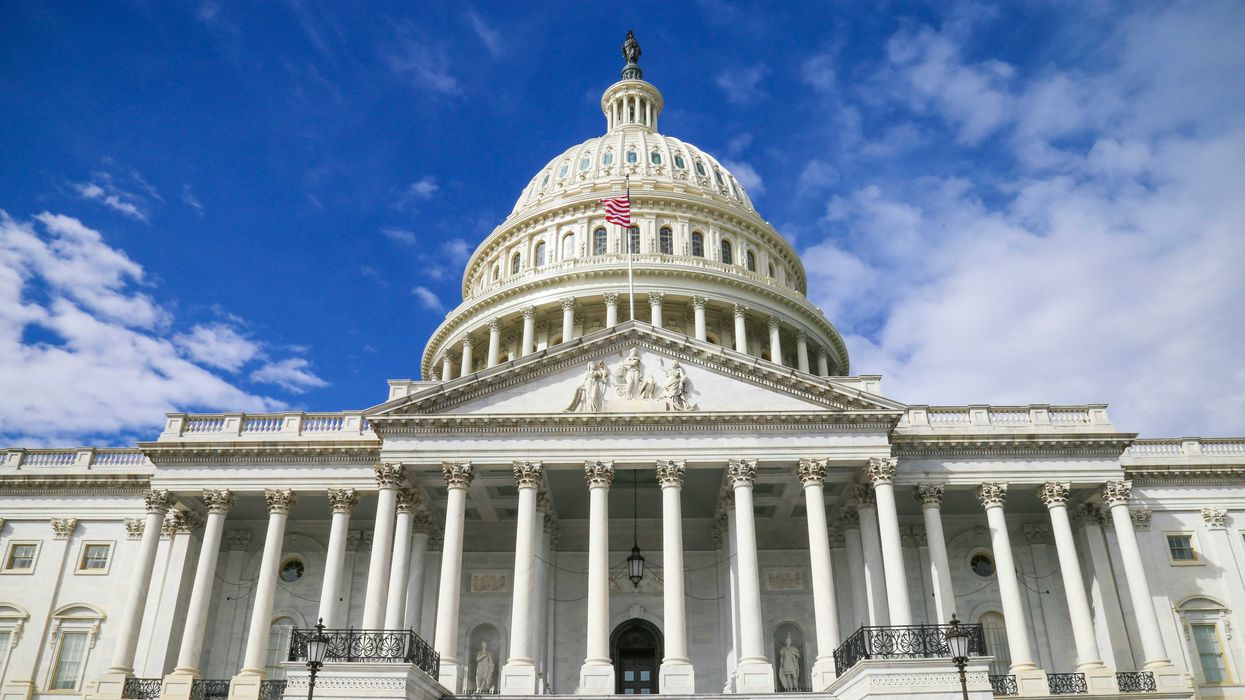Last spring and summer, The Fulcrum published a 30-part series on Project 2025. Now that Donald Trump’s second term The Fulcrum has started Part 2 of the series has commenced.
The Trump administration’s plans for the Department of Veterans Affairs (VA) have reignited fierce debate over whether these moves represent a much-needed correction or an outright dismantling of essential services. While the administration frames these actions as a return to the VA’s core mission—serving veterans—critics warn that privatization, the elimination of diversity programs, and federal hiring freezes and cuts are leaving the agency understaffed, underprepared, and at risk of failing those who have served our country.
These changes also mirror the recommendations of Project 2025 —a right-wing blueprint for reshaping the federal government that Trump himself has publicly distanced from. Yet, his administration’s early actions suggest otherwise.
Loyalty Tests and Political Purges
On day one, Trump signed an executive order reclassifying thousands of career civil servants, making them at-will employees subject to dismissal for perceived disloyalty. Shortly after, the Senate confirmed former GOP Rep. Doug Collins —a staunch Trump ally and 2020 election denier—as VA Secretary. These steps are aligned with the political and operational changes proposed in Project 2025 to establish political control over the VA.
Despite reassurances from Acting VA Secretary Todd Hunter on January 21 that critical healthcare positions would be exempt from Trump’s government-wide hiring freeze, uncertainty remains.
Jenny Mattingley, vice president of government affairs at the Partnership for Public Service, warns that replacing career officials with political appointees and gutting the VA staff risks undermining VA expertise in areas critical to veterans’ healthcare.
It’s also clear that preserving “critical healthcare positions” does not mean preserving the quality and speed of care. "Government serves the public," Mattingley explained. "When you think about Veterans Affairs or national security, those have real implications... It's, do we have the HR staff? Do we have the data folks? Do we have all the adjacent pieces that make an organization work? There's a lot of impact to just doing good business if you start arbitrarily cutting folks."
No Department is an Island
The VA insists that core services remain unaffected, but that promise is difficult to uphold when layoffs and budget cuts ripple across interconnected programs. Many programs are overlapping or interdependent, such as medical research for veterans. Cuts being made to the National Institutes for Health (NIH) affect many VA studies and treatment research. A VA scientist overseeing five studies on terminally ill patients described her department as a “skeleton crew” that will likely disband when their contracts expire in the coming months. "We can’t effectively proceed with the research any longer," she told NBC News anonymously, fearing retaliation.
Already, the VA has terminated over 1,000 employees, who were abruptly fired on February 13, including service-disabled veterans and military spouses, leading House Democrats to demand transparency and justification. Those fired were probationary employees —with two years or less on the job, depending on the position.
Perhaps the most chilling revelation concerns the Veterans Crisis Line, an essential suicide prevention service. Though VA Secretary Doug Collins insisted that the cuts would not affect the hotline, reports surfaced that at least a dozen crisis line employees had been fired before at least two were reinstated after political intervention by Democratic lawmakers. With veteran suicide rates increasingly and alarmingly high—6,407 veteran suicides were recorded in 2022—this disruption is not just reckless; it is dangerous.
Secretary Collins has attempted to downplay these firings, posting on social media that reports of cuts to critical services were a “whopper.” But if the administration is eliminating the very employees who deliver healthcare and benefits, how can those services remain intact?
The Fallout for Veterans as Patients and Employees
The Office of Personnel Management’s most recent (2021) report on veteran employment in the federal government shows that more than 30% of the country’s 2.2 million federal employees are veterans. The Trump administration’s plan to shrink the size of the government threatens the employment of many of these veterans.
The VA has long struggled with severe staffing shortages, particularly in medical roles. A 2024 inspector general report found that out of 139 veterans' healthcare facilities surveyed last year, only two were free of critical staffing shortages. Yet, instead of addressing this crisis, the administration’s policies seem to be exacerbating it.
New hires have already seen their job offers rescinded. Supervisors initially froze hiring, then reversed course, allowing limited exemptions—leading to confusion and discouraging potential applicants. Coupled with the VA’s lower-than-private-sector salaries, this uncertainty weakens the agency’s ability to recruit and retain qualified professionals.
Another executive order issued on day one that fulfills a promise of Project 2025 requires eligible VA employees to return to full-time, in-office work, affecting nearly 96,000 workers—20% of VA staff. Secretary Collins defends the move, but critics note that remote work policies predate COVID and were implemented to address VA staffing shortages. Many remote employees, including Veterans Crisis Line staff, now face logistical challenges as their designated facilities lack space to accommodate them.
As these upheavals continue, employees—many of them veterans—are left wondering whether they will have jobs when the dust settles.
Privatization: A Step Toward or a Step Too Far?
The most contentious debate in VA policy has long been the push toward privatization. Now, the administration and Republican lawmakers are accelerating that shift.
Sen. Jerry Moran (R-Kan.) and Rep. Mike Bost (R-Ill.) introduced the Veterans' ACCESS Act, expanding private-sector VA care under the 2018 MISSION Act. The bill aligns with Project 2025’s playbook, which prioritizes privatization. But is this what veterans want?
Evidence suggests otherwise. In a 2024 VA satisfaction survey, 80.4% of veterans expressed trust in the agency, with 91.8% specifically trusting VA healthcare. Yet, Community Care spending—the funding mechanism for privatized VA healthcare—has ballooned by 15-20% annually. This redirection of VA dollars to the private sector weakens direct VA care while handing profits to private healthcare providers. If this trajectory continues, veterans will be left in the same broken healthcare system the rest of the country struggles with—stripped of the specialized care the VA was designed to provide.
Furthermore, the private healthcare system is already overburdened. A recent VA Office of Inspector General audit raised concerns that increased reliance on Community Care could erode the VA’s direct care system, limiting options for veterans who prefer VA services. For example, with half of U.S. counties and 80% of rural counties lacking a single psychiatrist, funneling more veterans into an unstable private sector risks exacerbating gaps in care.
The stakes are especially high as the VA’s patient load expands. The PACT Act, which provides care for veterans exposed to toxic burn pits, has driven an influx of nearly 400,000 newly enrolled veterans. Shrinking the VA at this moment defies logic.
The Human Cost of Political Experiments
The Trump administration argues that its VA restructuring is necessary to eliminate inefficiencies and direct taxpayer dollars toward veterans. But the growing outcry from researchers, frontline workers, lawmakers, and veterans themselves suggests otherwise.
If the administration’s goal is truly to serve veterans, it must answer these pressing questions:
- Why were service-disabled veterans and crisis hotline workers among those terminated?
- How will the VA address its widening staffing crisis?
- What safeguards exist to ensure that political purges do not endanger critical services?
These are not partisan concerns. They are questions of competence, responsibility, and honoring the nation’s promise to those who have served.
Veterans don’t need political fights. They need care. And they need it now.
Update on Feb. 26 after posting: Another 1,400 union VA employees have been terminated.
Samples of Phase 2 articles about Project 2025
Samples of Phase 1 articles about Project 2025
- A cross-partisan approach
- An Introduction
- Rumors of Project 2025’s Demise are Greatly Exaggerated
- Department of Education
- Managing the bureaucracy
- Department of Defense
- Department of Energy
- The Environmental Protection Agency
- Education Savings Accounts
- Department of Veterans Affairs
- The Department of Homeland Security
- U.S. Agency for International Development
- Affirmative action
- A federal Parents' Bill of Rights
- Department of Labor
- Intelligence community
- Department of State
- Department of the Interior
- Federal Communications Commission
- A perspective from Europe
- Department of Health and Human Services
- Voting Rights Act
- Another look at the Federal Communications Commission
- A Christo-fascist manifesto designing a theocracy
- Voters oppose the far-right playbook
- The Schedule F threat to democracy
- The Department of Justice
- A blueprint for Christian nationalist regime change
- How anti-trans proposals could impact all families
- The Federal Reserve
- A threat to equitable education
Kristina Becvar is co-publisher of The Fulcrum and executive director of the Bridge Alliance Education Fund.




















